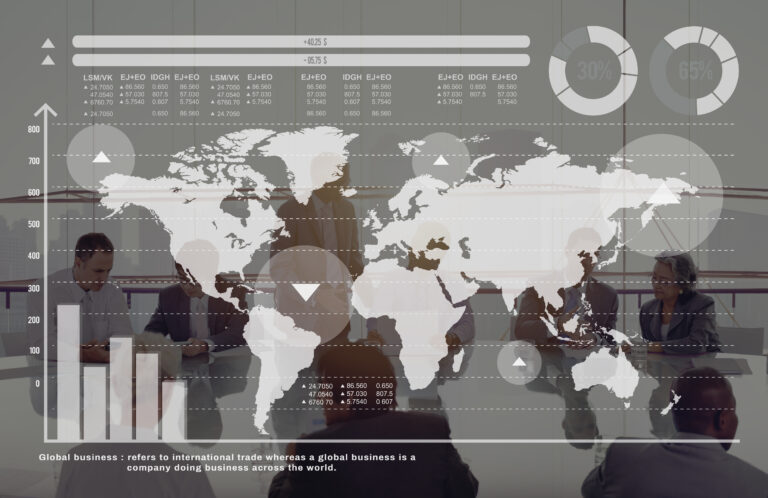How Tech is Transforming the Supply Chain
In the dynamic landscape of modern business, technology stands as a transformative force, reshaping the traditional supply chain into a streamlined, efficient ecosystem. From automated warehouses to predictive analytics, each innovation plays a crucial role in enhancing operational efficiency and responsiveness.
Automation Unleashed
Imagine a bustling warehouse where Automated Guided Vehicles (AGVs) glide silently, navigating through aisles with precision. These robotic assistants tirelessly pick, pack, and sort goods, significantly reducing labor costs and human error. Meanwhile, Robotic Process Automation (RPA) seamlessly integrates into daily operations, automating repetitive tasks like order processing and inventory management. This integration liberates human resources to focus on strategic endeavors that require creativity and critical thinking.
Harnessing Predictive Power
Artificial Intelligence (AI) and Machine Learning (ML) introduce a new era of predictive power to supply chain management. AI algorithms crunch vast datasets, discerning patterns in consumer behavior and market trends to forecast demand accurately. Armed with this foresight, businesses optimize inventory levels, preemptively adjust production schedules, and fortify their supply chain resilience. ML models continuously monitor equipment performance, predicting maintenance needs and averting potential disruptions before they occur.
Securing Transparency with Blockchain
Blockchain technology emerges as a beacon of transparency in supply chain processes. By decentralizing transaction records into an immutable ledger, blockchain ensures the authenticity and traceability of every product’s journey. This transparency not only enhances trust among stakeholders but also mitigates the risks of counterfeit goods and fraudulent activities. Smart contracts further streamline operations, automatically executing contractual agreements when predefined conditions are met, thereby expediting transactions and reducing administrative overhead.
RealTime Insights Through IoT
In the interconnected realm of the Internet of Things (IoT), sensors and devices orchestrate a symphony of data across the supply chain. IoTenabled devices monitor inventory levels, environmental conditions, and shipment locations in realtime. This continuous stream of data empowers supply chain managers to optimize routes, monitor storage conditions, and enhance asset utilization. Predictive analytics derived from IoT data enable proactive decisionmaking, foreseeing potential disruptions and facilitating agile responses.
Agility and Collaboration in the Cloud
Cloud computing emerges as a cornerstone of agility and collaboration in supply chain management. Cloudbased platforms provide scalable infrastructure for seamless data integration and accessibility. This flexibility allows businesses to adapt swiftly to fluctuating market demands and operational complexities. Collaborative features foster realtime communication and decisionmaking among global supply chain partners, enhancing efficiency and responsiveness across the network.
Empowering DecisionMaking with Advanced Analytics
Advanced analytics and big data empower supply chain managers with actionable insights into operational performance and market dynamics. By harnessing the power of data analytics, businesses optimize inventory management, finetune supplier relationships, and refine demand forecasting accuracy. Predictive analytics identify potential risks and vulnerabilities, enabling proactive risk mitigation strategies and ensuring business continuity in volatile environments.
Conclusion: Embracing the Future of Supply Chain As technology continues to evolve, its impact on the supply chain becomes increasingly profound. Embracing automation, AI, blockchain, IoT, cloud computing, and advanced analytics positions businesses at the forefront of innovation and competitiveness. These technologies not only enhance operational efficiency and transparency but also empower businesses to navigate complexities and disruptions with agility and foresight. By embracing technological advancements, businesses can forge a resilient supply chain capable of meeting the demands of today’s interconnected global marketplace.






